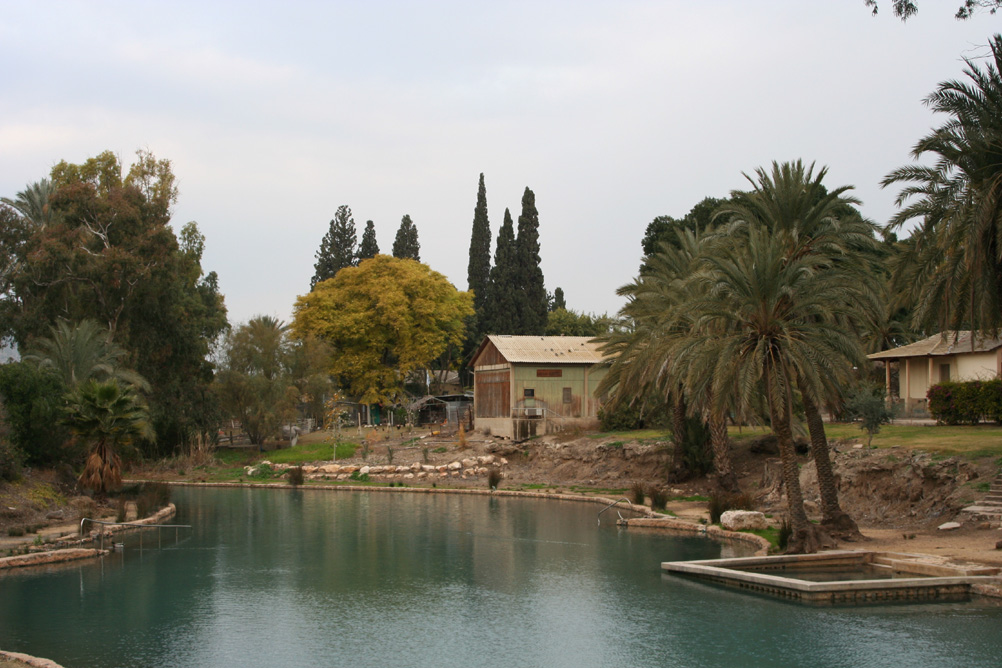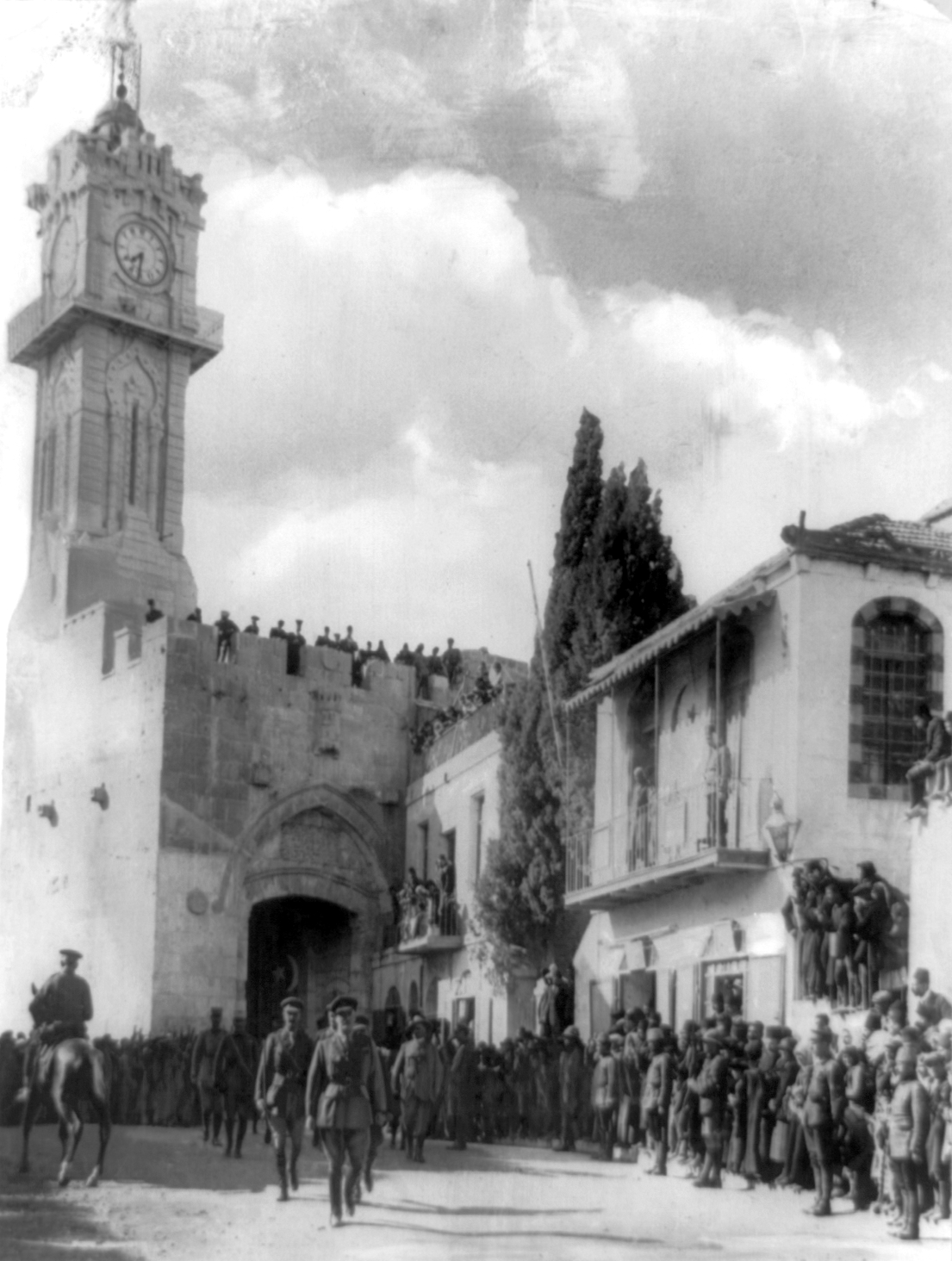|
Shlomo Gur
Shlomo Gur (Gerzovsky) (1913-2000), founder member of Kibbutz Tel Amal, is credited with creating and then managing the construction of 57 ''homa u'migal'' (tower and stockade settlements) during the 1936–39 Arab revolt in Palestine. Following the establishment of the state of Israel, he was project manager of the Hebrew University, the National Library and the Knesset. In summer 1936, the expanding Arab revolt endangered the Jewish population of Beit She'an Valley. Concerned with safety and security, Shlomo Gur and other members of Kibbutz Tel Amal built the first ''homa u'migal'' settlement. Subsequently, Shlomo Gur consulted Jerusalem architect Yohanan Ratner and was provided with blueprints for the other settlements.Segal, Rafi & Weizman, Eyal (editors) (2003) ''A civilian occupation. The politics of Israeli architecture''. Verso. . p.54 (Sharon Rotbard) Shlomo Gur was the first director of Israel's Military research department. Gallery File:Duff p.192 001.jpg, Prep ... [...More Info...] [...Related Items...] OR: [Wikipedia] [Google] [Baidu] |
Nir David
Nir David ( he, נִיר דָּוִד, ''lit.'' David's Meadow) is a kibbutz in the Beit She'an Valley in northern Israel. Founded on 10 December 1936 as Tel Amal, the first of the tower and stockade settlements, it falls under the jurisdiction of Valley of Springs Regional Council. In it had a population of . History Nir David was founded on the 10 December 1936, under the name of Tel Amal. It was established as the first tower and stockade settlement (and the first kibbutz) in the Beit She'an Valley. In the 1940s, the kibbutz was renamed Nir David in honor of David Wolffsohn, second president of the World Zionist Organization. The communal dining room and two children's homes were designed by Zeev Rechter, architect of some of Israel's most iconic buildings. A group of Holocaust survivors joined the kibbutz in the 1940s. Nir David uses land that traditionally belonged to the depopulated Palestinian village of Al-Sakhina. In the 1990s, Nir David developed a tourism industry ... [...More Info...] [...Related Items...] OR: [Wikipedia] [Google] [Baidu] |
Palestine Police
The Palestine Police Force was a British colonial police service established in Mandatory Palestine on 1 July 1920,Sinclair, 2006. when High Commissioner Sir Herbert Samuel's civil administration took over responsibility for security from General Allenby's Occupied Enemy Territory Administration (South). Background The Egyptian Expeditionary Force had won the decisive Battle of Gaza in November 1917 under the newly appointed Commander-in-Chief of Palestine, General Sir Edmund Allenby. Following the Battle of Jerusalem in December, Allenby accepted the surrender of the city, which was placed under martial law,Matthew Hughes, ‘Allenby, Edmund Henry Hynman, first Viscount Allenby of Megiddo (1861–1936)’, ''Oxford Dictionary of National Biography'', Oxford University Press, Sept 2004; online edn, May 200accessed 29 May 2007/ref> and guards were posted at several points within the city and in Bethlehem to protect sites held sacred by the Christian, Muslim and Jewish religio ... [...More Info...] [...Related Items...] OR: [Wikipedia] [Google] [Baidu] |
Kibbutzniks
A kibbutz ( he, קִבּוּץ / , lit. "gathering, clustering"; plural: kibbutzim / ) is an intentional community in Israel that was traditionally based on agriculture. The first kibbutz, established in 1909, was Degania. Today, farming has been partly supplanted by other economic branches, including industrial plants and high-tech enterprises. Kibbutzim began as utopian communities, a combination of socialism and Zionism. In recent decades, some kibbutzim have been privatized and changes have been made in the communal lifestyle. A member of a kibbutz is called a ''kibbutznik'' ( he, קִבּוּצְנִיק / ; plural ''kibbutznikim'' or ''kibbutzniks''). In 2010, there were 270 kibbutzim in Israel with population of 126,000. Their factories and farms account for 9% of Israel's industrial output, worth US$8 billion, and 40% of its agricultural output, worth over US$1.7 billion. Some kibbutzim had also developed substantial high-tech and military industries. For example ... [...More Info...] [...Related Items...] OR: [Wikipedia] [Google] [Baidu] |
Jews In Mandatory Palestine
Jews ( he, יְהוּדִים, , ) or Jewish people are an ethnoreligious group and nation originating from the Israelites Israelite origins and kingdom: "The first act in the long drama of Jewish history is the age of the Israelites""The people of the Kingdom of Israel and the ethnic and religious group known as the Jewish people that descended from them have been subjected to a number of forced migrations in their history" and Hebrews of historical Israel and Judah. Jewish ethnicity, nationhood, and religion are strongly interrelated, "Historically, the religious and ethnic dimensions of Jewish identity have been closely interwoven. In fact, so closely bound are they, that the traditional Jewish lexicon hardly distinguishes between the two concepts. Jewish religious practice, by definition, was observed exclusively by the Jewish people, and notions of Jewish peoplehood, nation, and community were suffused with faith in the Jewish God, the practice of Jewish (religious) l ... [...More Info...] [...Related Items...] OR: [Wikipedia] [Google] [Baidu] |
Israeli Architects
Israeli may refer to: * Something of, from, or related to the State of Israel * Israelis, citizens or permanent residents of the State of Israel * Modern Hebrew, a language * ''Israeli'' (newspaper), published from 2006 to 2008 * Guni Israeli (born 1984), Israeli basketball player See also * Israelites, the ancient people of the Land of Israel * List of Israelis Israelis ( he, ישראלים ''Yiśraʾelim'') are the citizens or permanent residents of the State of Israel, a multiethnic state populated by people of different ethnic backgrounds. The largest ethnic groups in Israel are Jews (75%), foll ... {{disambiguation Language and nationality disambiguation pages ... [...More Info...] [...Related Items...] OR: [Wikipedia] [Google] [Baidu] |
1913 Births
Events January * January 5 – First Balkan War: Battle of Lemnos – Greek admiral Pavlos Kountouriotis forces the Turkish fleet to retreat to its base within the Dardanelles, from which it will not venture for the rest of the war. * January 13 – Edward Carson founds the (first) Ulster Volunteer Force, by unifying several existing loyalist militias to resist home rule for Ireland. * January 23 – 1913 Ottoman coup d'état: Ismail Enver comes to power. * January – Stalin (whose first article using this name is published this month) travels to Vienna to carry out research. Until he leaves on February 16 the city is home simultaneously to him, Hitler, Trotsky and Tito alongside Berg, Freud and Jung and Ludwig and Paul Wittgenstein. February * February 1 – New York City's Grand Central Terminal, having been rebuilt, reopens as the world's largest railroad station. * February 3 – The 16th Amendment to the United S ... [...More Info...] [...Related Items...] OR: [Wikipedia] [Google] [Baidu] |
Tegart Fort
A Tegart fort is a type of militarized police fort constructed throughout Palestine during the British Mandatory period, initiated as a measure against the 1936–1939 Arab Revolt. Etymology The forts are named after their designer, British police officer and engineer Sir Charles Tegart. In Israel, the name is often pronounced "Taggart". This is probably due to the transliteration of the name to Hebrew and then back to Latin alphabet, along with the translator's wrong assumption that the most common way of writing this anglicised Scottish surname has to be applied ("Taggart" is far more widespread than "Tegart"). History Mandate Palestine Sir Charles Tegart designed the forts in 1938 based on his experiences in the Indian insurgency. They were built of reinforced concrete with water systems that would allow them to withstand a month-long siege. Two types of forts were erected. Five structures were built to reinforce the so-called " Tegart's wall" of the northern border wit ... [...More Info...] [...Related Items...] OR: [Wikipedia] [Google] [Baidu] |
Beit Yosef, Israel
Beit Yosef ( he, בֵּית יוֹסֵף) is a moshav in the northern Israel's Beit She'an Valley. Located about eight kilometres north of Beit She'an, adjacent to Yardena, it falls under the jurisdiction of Valley of Springs Regional Council. As of it had a population of . History Beit Yosef was founded in 1937 as a tower and stockade settlement, a series of settlements erected during the 1936–1939 Arab revolt in Palestine. It was named for Yosef Aharonovitch, an influential figure in the Labor Party and a journalist. By 1947 it had a population of over 200. Although it was abandoned during the 1948 Arab–Israeli War after it was severely attacked by the Jordanian Arab Legion and Iraqi Army, it was re-established in 1951 by immigrants from Kurdistan and Iraq Iraq,; ku, عێراق, translit=Êraq officially the Republic of Iraq, '; ku, کۆماری عێراق, translit=Komarî Êraq is a country in Western Asia. It is bordered by Turkey to the north, Iran to ... [...More Info...] [...Related Items...] OR: [Wikipedia] [Google] [Baidu] |
Barbed Wire
A close-up view of a barbed wire Roll of modern agricultural barbed wire Barbed wire, also known as barb wire, is a type of steel fencing wire constructed with sharp edges or points arranged at intervals along the strands. Its primary use is the construction of inexpensive fences, and it is also used as a security measure atop walls surrounding property. As a wire obstacle, it is a major feature of the fortifications in trench warfare. A person or animal trying to pass through or over barbed wire will suffer discomfort and possibly injury. Barbed wire fencing requires only fence posts, wire, and fixing devices such as staples. It is simple to construct and quick to erect, even by an unskilled person. The first patent in the United States for barbed wire was issued in 1867 to Lucien B. Smith of Kent, Ohio, who is regarded as the inventor. Joseph F. Glidden of DeKalb, Illinois, received a patent for the modern invention in 1874 after he made his own modifications to previous ... [...More Info...] [...Related Items...] OR: [Wikipedia] [Google] [Baidu] |
Shavei Tzion
Shavei Tzion ( he, שָׁבֵי צִיּוֹן, ''lit.'' Returnees to Zion) is a moshav shitufi in northern Israel. Located between Acre and Nahariya and covering 2,000 dunams, it falls under the jurisdiction of Mateh Asher Regional Council. In it had a population of . History The village was established on 13 April 1938 as part of the tower and stockade settlement scheme. Its founders, immigrants from Rexingen in Germany, arrived during the Fifth Aliyah fleeing from Nazi persecution. The village's construction was financed by Arthur Loewengart, a former resident of Rexingen and wealthy leather manufacturer who immigrated to the United States in 1937. Shavei Tzion is considered one of the most beautiful towns in the Galilee due to its proximity to the Mediterranean Sea. Seven of the Acre Prison break fighters who were killed during the operation are buried in the local cemetery. A memorial was erected on the beach in 1999, commemorating the death of 12 IDF naval commandos ... [...More Info...] [...Related Items...] OR: [Wikipedia] [Google] [Baidu] |






